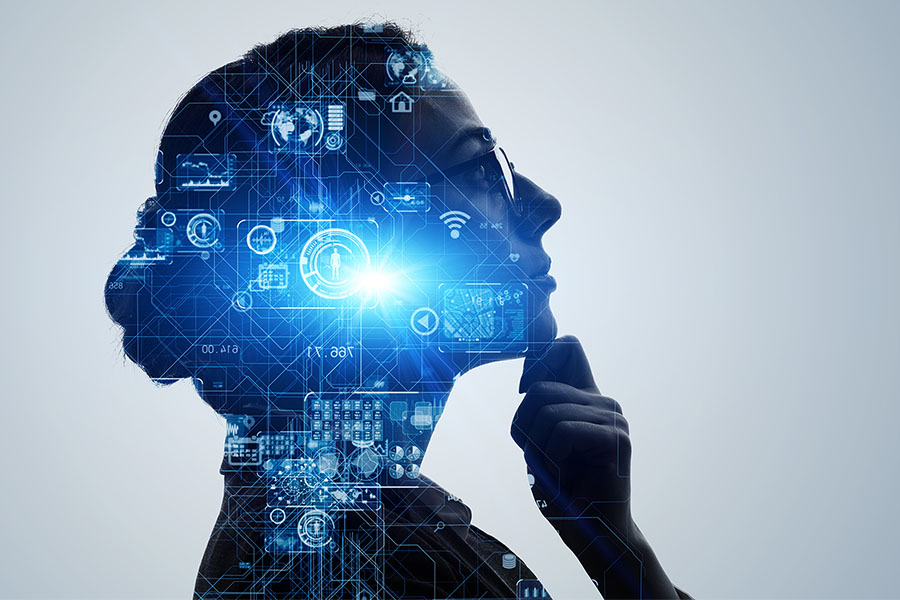In the past few years, the use of Artificial Intelligence (AI) in education has become increasingly common. AI, along with other technologies such as Machine Learning (ML) and Natural Language Processing (NLP), is revolutionizing how we learn and reducing the time and effort needed to complete different tasks. From automating tedious tasks to personalizing the learning experience, AI is already shaping the future of education in several ways.
Adaptive and Personalized Learning
One of the most significant advantages of AI is its ability to adapt to each learner’s needs and preferences. Using AI algorithms, learning platforms can detect how individuals learn and create learning journeys or flows that adjust to each learner based on their interests, needs, skills, and what they wish to learn. This means that each learner can have a personalized learning experience that fits their learning style.
Automation of Tedious Tasks
AI can automate monotonous tasks, such as generating multiple-choice questions or grading assessments, which saves teachers and educators hundreds of hours each year. This allows them to focus on creating better lesson plans and providing more personalized support to learners.
Matching Learners with Similar Interests
Learning is more effective when done with others and socializing with peers, which is why face-to-face learning is so successful. AI can promote social interactions by suggesting connections between learners based on their shared interests or level of knowledge. This fosters conversations and exercises that connect people, even if they are on the other side of the world!
Summarizing Important Points
With the increasing consumption of data and learning content, it is important to summarize the essential points for learners to grasp. Using NLP, AI can summarize an entire unit or course, helping learners to understand the key takeaways and defining vital concepts that are required to move on to the next unit.
AI as an Educator’s New Best Friend
AI provides data that allows course creators to improve their lessons or assessments, helping them to identify learning gaps and modify learning experiences based on tests. Reports generated by AI also help to improve learning experiences by detecting patterns in learners and suggesting teachers different actions to improve the learning experience.
Takeaway
As we’ve seen, the use of AI in education is no longer just a far-off dream or a futuristic fantasy. It’s happening right now, and it’s transforming the way we teach and learn. Companies and institutions around the world are embracing innovative teaching techniques that leverage AI and other advanced technologies to create more efficient, effective, and personalized learning experiences for students of all ages and backgrounds.
From adaptive learning that adjusts to each individual’s needs and preferences to automating tedious tasks that free up teachers’ time and energy, AI is already having a profound impact on the future of education. And this is just the beginning. As AI and other technologies continue to advance, we can expect to see even more exciting developments in the field of education.
But for all its promise, there are also challenges and potential pitfalls that come with using AI in education. We must be mindful of issues such as bias, data privacy, and ethical concerns as we navigate this new landscape. As educators and learners, it’s up to us to stay informed, engaged, and curious about the possibilities and limitations of AI and other technologies in education.
In the end, it’s not about technology replacing human teachers or completely automating the learning process. Rather, it’s about leveraging the power of AI to enhance and augment the role of teachers and learners alike. By embracing these new tools and techniques, we can create a more dynamic, engaging, and effective learning experience that empowers everyone to reach their full potential.

